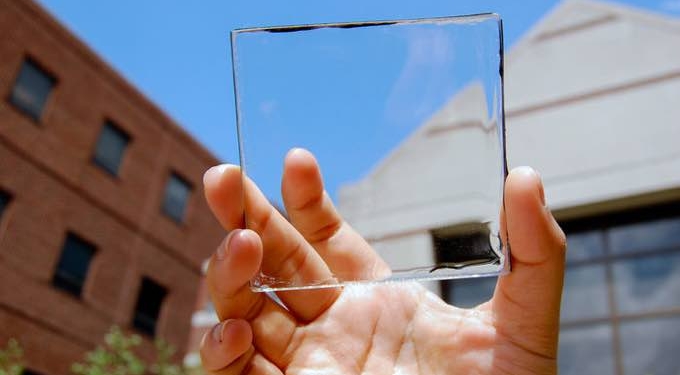
A Michigan State University research team has just made a major breakthrough in the field of sustainable energy. They have invented entirely see-through solar panels that are poised to have a major impact on the energy industry. Energy companies like provisionpg will likely have their eye on this team as their invention moves through its prototyping phases. These panels have the potential of fundamentally changing all kinds of industries from architecture to electronics to car manufacturing.
While other research teams have previously developed transparent solar panels, none have produced models nearly as promising. Their invention, called a Transparent Luminescent Solar Connector or a TLSC, can be retrofitted to any existing glass surface to instantly transform it into a solar generator.
Traditionally, solar panels are expensive to produce, not because of the materials in the solar cell itself, but in the materials that house it. These are namely the glass and alum housing that the solar cell sits in. Transparent Luminescent Solar Connector panels are attached directly to pre-existing glass surfaces. This reduces the cost of solar, since the material cost to house these panels is baked into the initial construction of a new building. And when attached to existing buildings or electronics, it’s even more affordable. Custom building them into windows would also be a fairly affordable option for mass production.
While the team admits that these panels would not generate enough electricity to fully power a building, they could dramatically offset energy costs. The team claims that they could easily power the lighting requirements for even the largest buildings. One of the advantages of green technology is in its diverse sources of energy, but this also poses challenges in generating enough power to meet our energy needs. Panels like these go a long way to adding to the total green input to the national power grid.
Panels like these have the potential to completely revolutionize energy production in various industries. Architecture is an obvious first choice. Retrofitting existing buildings, especially glass covered skyscrapers, could become a new standard practice. The electronics industry may also benefit from its use. Smartphones, laptops, and tablets could be fitted with these panels over their existing screens to offset a portion of their own power needs. Not only would this save energy, it would also be enormously convenient. The automotive industry could also use these clear panels in vehicle design and help solve the problem of powering fully electric vehicles.
We are just witnessing the beginning of a wave of green innovation. Panels like these seem exotic now, but these kinds of technologies will likely become commonplace a few years down the road. A clear solar panel could fundamentally change the way we see — or perhaps see through — the world around us.
















